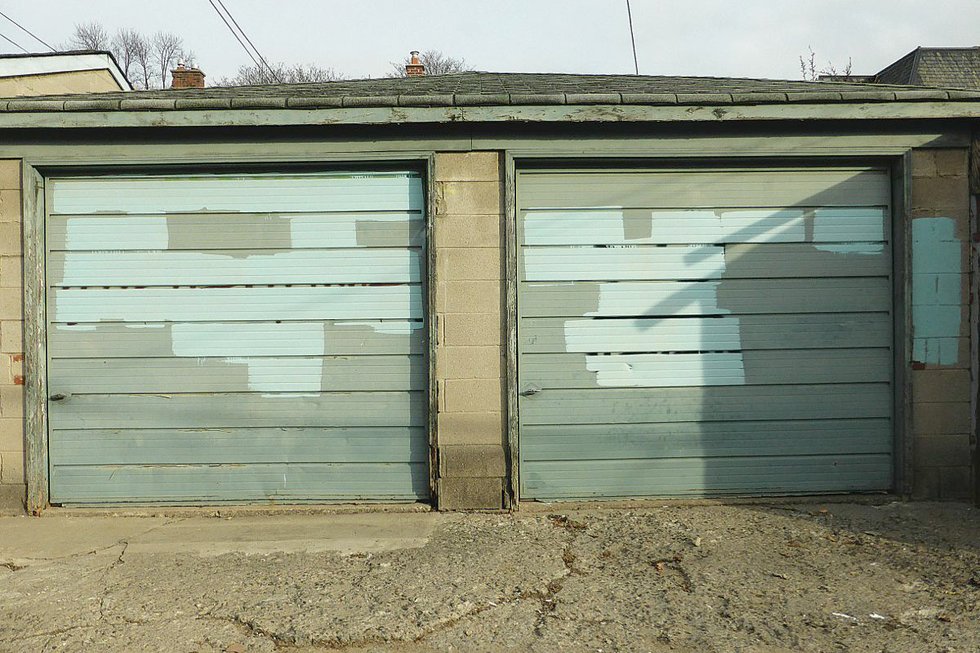
The small industrial building I live in was built in the 1890s. It borders on a laneway that’s often targeted by graffiti.
Whenever the walls are attacked, often with boring and homophobic marks, removal of the spray paint and marker weakens the brick.
Every day it’s the same: when I go out, I examine the exposed brick to see if it’s been sprayed. And every day I try to understand terrorist attacks across the world. In my neighbourhood, the irrational attacks are by the tunnel-and-bridge crowd who ride skateboards and create tag-based graffiti.
My son is particularly angered by paint attacks. So when he said the graffiti was getting out of hand – it had proceeded down the lane from Dundas and would be back at our building again in no time – I thought he was being paranoid and nodded in half-agreement.
He said he would cover up the graffiti all down the alley if I bought the paint, an offer that was hard to resist. So that afternoon I bought two cans of paint, one a dark greenish colour, one a light grey, for only $10 each.
By mid-afternoon he was out in paint-spattered clothes with a tray and roller, covering up the marks of the intruders. The idea was to make the primitive egocentric loops disappear under a layer of simple geometric shapes or modern neutrality.
I wasn’t enthusiastic, but he was right: the closer the graffiti came to us, the more likely we’d get hit. Keep it at bay, the theory is. Marks advertise permission to other markers.
An hour or so later, I heard him at my door. He was bloody and bruised.

Up the alley, near a construction site where townhouses are being jammed into a small space, he told me he’d been confronted by a middle-aged man who objected to what he was doing. My son argued, trying to explain that he was trying to hold back the graffiti. He said it many times, but the man didn’t believe him.
“You’re messing up. I know who you are.”
“No, just the opposite,” insisted my son one more time. And then, before he knew it, the man thrust the painting pole into his chest, throwing him off balance.
All around the ensuing “fight” were the workers from the construction site and cars driving by, but no one wanted to get involved. Finally, it ended.
I called 911, and we waited an hour for the police to arrive. Photographs of my son’s swollen face were taken, but witnesses at the construction site said they hadn’t seen any punches thrown.
And the man was gone anyway he’d disappeared into a nearby apartment complex.
Why did he object to the removal of graffiti in this downtown Toronto laneway lined with garages? It wasn’t his garage being painted.
In fact, during the hour he’d spent painting, my son had been complimented twice on his good work. He was even offered money, which he politely declined.
It all seems illogical.
The first time my son painted over the intruding marks in the alley a half-year ago, I took photographs and constructed a book titled Erasure and released it through Impulse [b:] Publishing.
It was a humorous visual depiction of the modernist erasure of graffiti. It is listed as authored by X. He was the artist, and I merely the conceptual constructor of what he had innocently, non-artistically performed.
When we described the assault to the neighbours, they agreed that the problem isn’t graffiti, but the tagging encroaching on their homes.
I can understand that people like graffiti and object to its removal. But you have to trust me here – what my son obliterated was not inspired.
Eldon Garnet is a Toronto-based artist, novelist and professor at OCAD U.
news@nowtoronto.com | @nowtoronto












